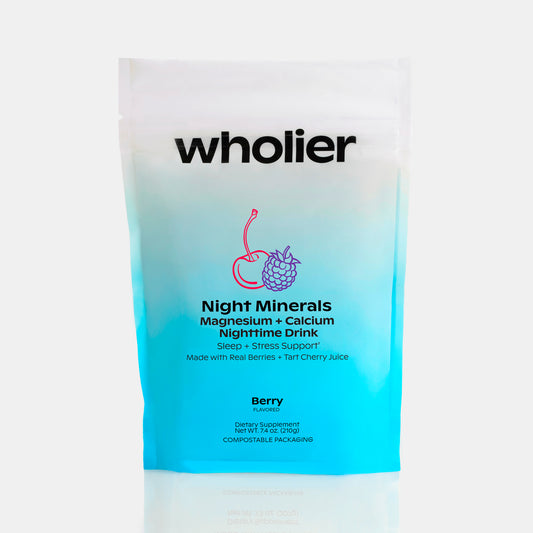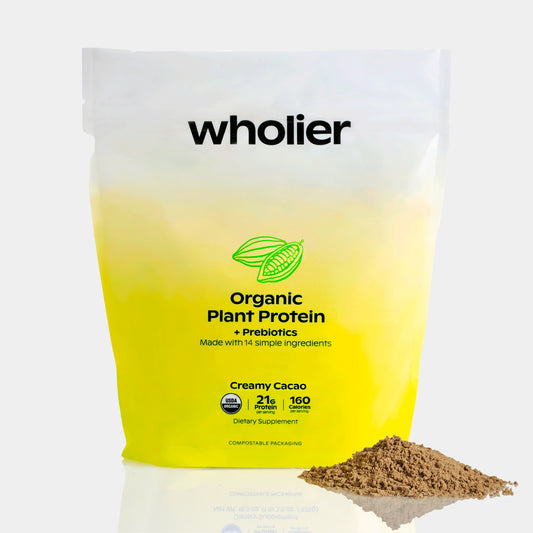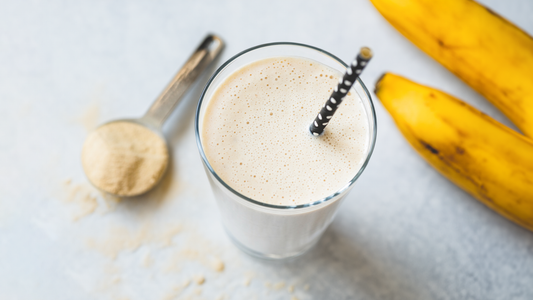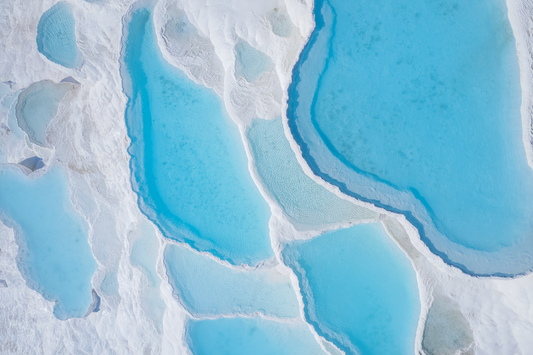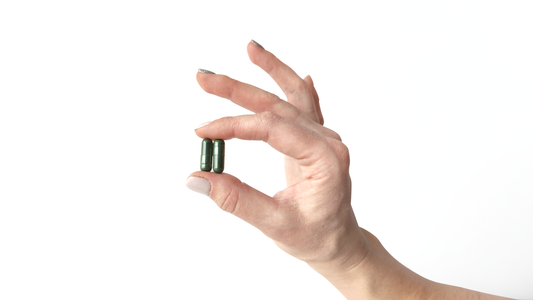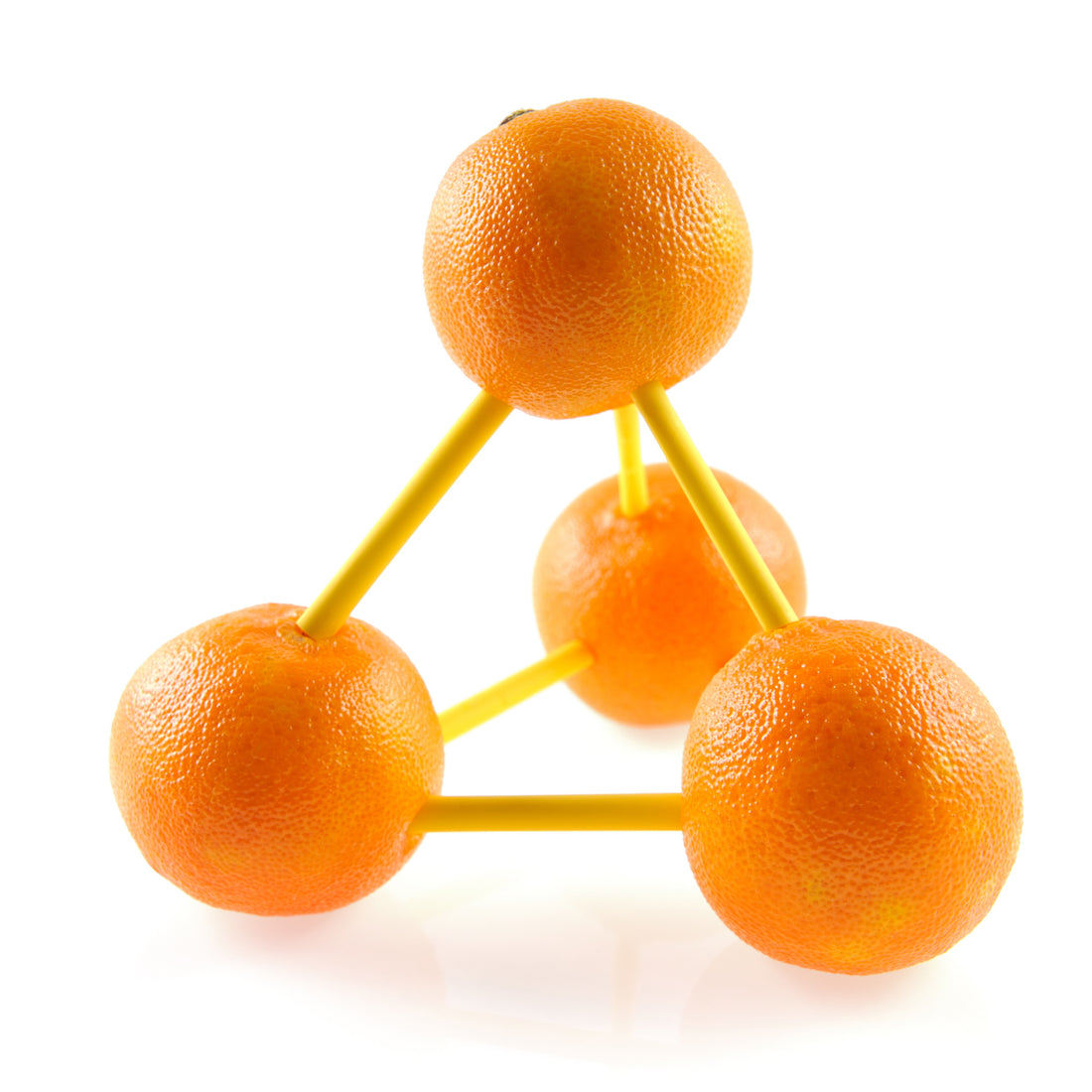
What Are Natural Flavors?
Natural flavors are a vague term that lands on most food labels, but do you know what it actually means?
If you’ve ever eaten anything that comes out of a package, you’re likely familiar with the vague term in the ingredient list called “natural flavors.” In fact, “flavor” is the fourth most common ingredient listed in the Environmental Working Group’s Food Scores, a research and advocacy organization that rates more than 80,000 foods on their degree of nutrition, ingredient, and processing concerns. We would assume, at first glance, that that's a good thing. “Natural” is healthy, after all. But in this case, the truth is more twisted.
Let’s Break it Down
Flavors, as defined by the FDA, are oils, resins and other extractions derived from plant or animal sources (called “natural”) or man-made compounds (“artificial”) that are synthesized in a lab. That’s right, natural flavors are made by scientists the same way artificial flavors are. And as the name suggests, they enhance and standardize the flavor of packaged food and beverage products. But, there’s more to the story.
What’s really counterintuitive is that natural flavors might even contain more chemicals than artificial versions.
Beyond their place of origin, when it comes to distinguishing natural and artificial flavors, all bets are off. In other words, the term “natural” refers to where the distilled flavors are extracted from, but it stops there. That term doesn’t take into consideration the wide range of compounds (sometimes upwards of a hundred) that can then be added, like very non-natural sounding chemicals methyl cyclopentenolone, diacetyl, methyl methoxy pyrazine, and benzaldehyde, plus emulsifiers, solvents, and preservatives. Here’s why: As long as these added chemicals fall under a category called “generally recognized as safe,” or GRAS, they’re A-ok to include, even in “natural” flavors. This gives brands about 3,000 chemical food additives to play with. And if you’d like to know what those additives are in your protein powder or energy bar, you're out of luck. Whatever mysterious mixture that’s been brewed up to enhance the taste of a food can appear on a label simply as “natural flavor”, a carte blanche term that means…well, your guess is as good as mine.
Perhaps most alarming—and amazing—is the fact that natural flavors and artificial flavors can be made up of the very same chemicals. And what’s really counterintuitive is that natural flavors might even contain more chemicals than artificial versions, which are often simpler chemical mixtures to produce. Huh?!
Try googling what's in a "natural chocolate flavor." Do you know what you'll find? Nothing. Nada. Zilch.
Which all brings us to this obvious question: Why do manufacturers go to the trouble of cocktailing a mix of unidentified ingredients to replicate the molecular footprint of what occurs naturally? The answer is multifaceted, and involves supply and financial issues (using, say, actual strawberries in a fruity food would entail a huge amount of berries, as in a substantial portion of the world’s production), but a big reason is that engineered flavor makes processed food taste exactly the way you expect it to taste, every single time you eat it. Same goes for aroma, which is important since smell makes up for 80 to 90 percent of our eating pleasure. It’s a matter of consistency. More, man-made flavors allow manufacturers of packaged food to develop a bolder and fake-fresher taste than they possibly could without those chemicals. Real food is too fickle, chemicals are reliable.
So where does that bring us?
Since the FDA doesn’t require food labels to say what’s in their “natural flavor” unless the ingredients include a common allergen like milk, egg, fish, shellfish, tree nuts, wheat, peanuts, or soy (you’ll see this as a disclaimer on the label), you’re left in the dark. But knowledge is power here, and it’s up to you to scan labels for what you’re comfortable with. And also, turn to whole foods or packaged foods with flavor from real food ingredients—the true natural flavors Mother Nature, not people in white coats, have created for us.


